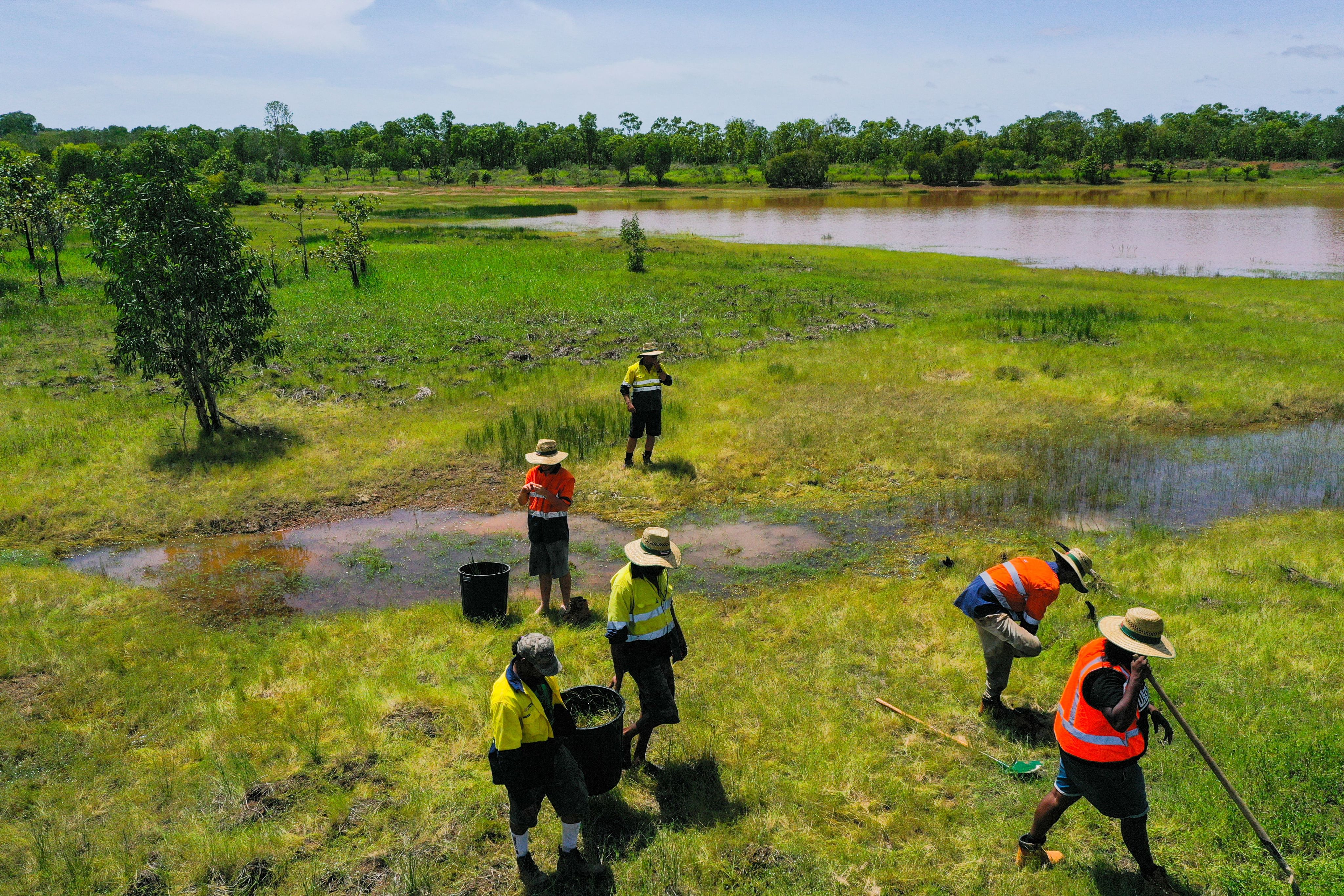Community participation and closure planning
Mine Closure Hub
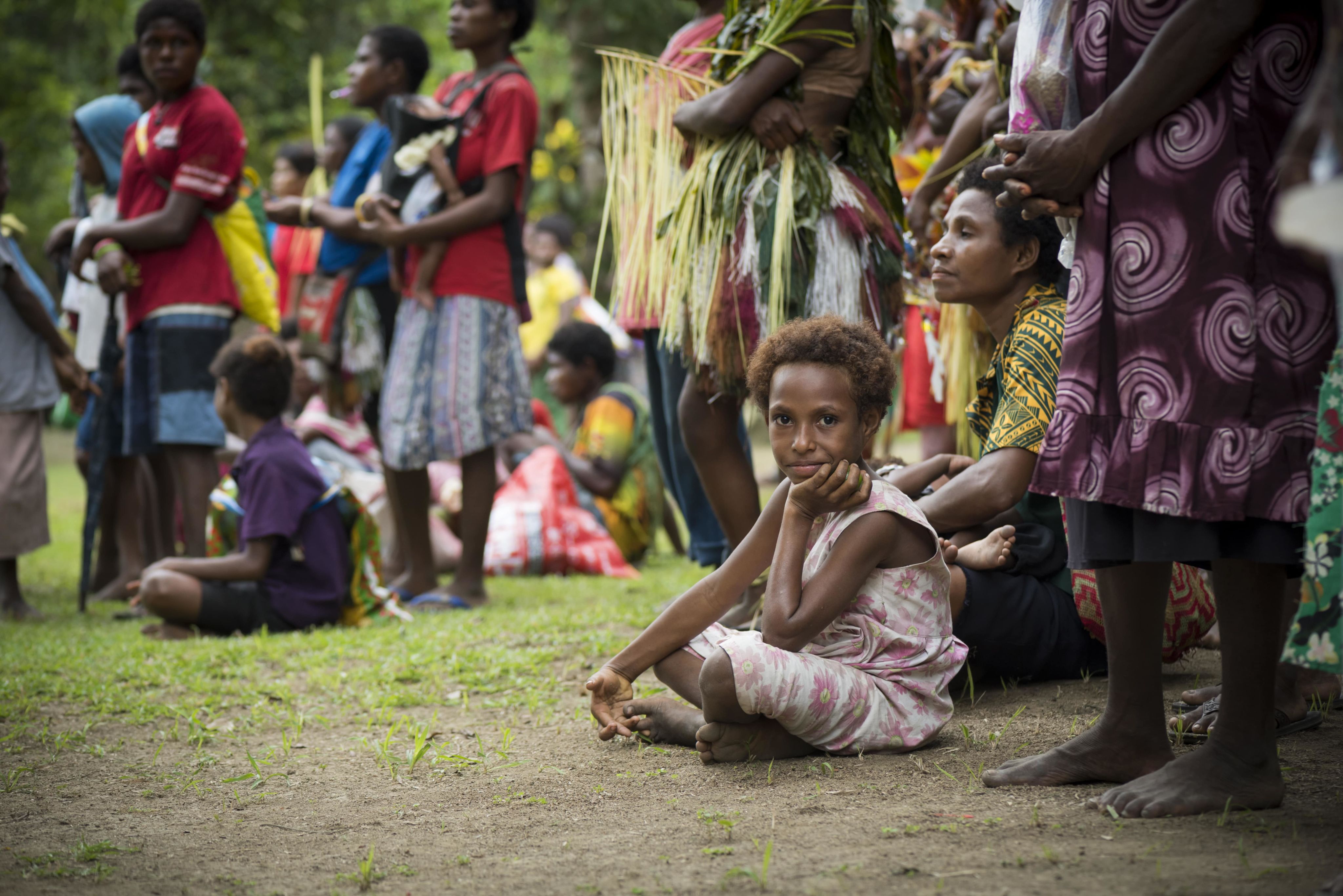
In brief
- Impacted people have the right to be involved in decision-making about matters that affect them.
- Involving impacted people can improve the quality of mine closure decision-making processes.
- Indigenous perspectives are often missing from mine clsoure planning.
- Stakeholder engagement is a long-term, reciprocal and dynamic process that relies on listening as much as providing information.
Impacted people have the right to be involved in decision-making about matters that affect them. This right applies to all stages of the mining lifecycle, including closure. Indigenous peoples have special rights. Their free, prior and informed consent (FPIC) must be obtained for projects that affect their lands, territories and other resources. These rights are captured in the United Nations Declaration on the Rights of Indigenous peoples (UNDRIP).
There is a growing trend for FPIC to be applied to both indigenous and non-indigenous people who are affected by mining.
This section highlights some of the ways you could participate in mine closure planning.
In some jurisdictions, it’s a regulatory requirement that mining companies engage with stakeholders as part of their mine closure planning process. Industry leading practice, such as the ICMM principles and performance expectations, endorses meaningful engagement and partnership with local communities and outlines commitments of member companies throughout the mining lifecycle, including at closure. This engagement may be carried out by the mine’s community relations/social performance practitioners or by the mine closure team. Contact the mine through the established communication channels to find out more about engagement processes for mine closure in your specific circumstances.
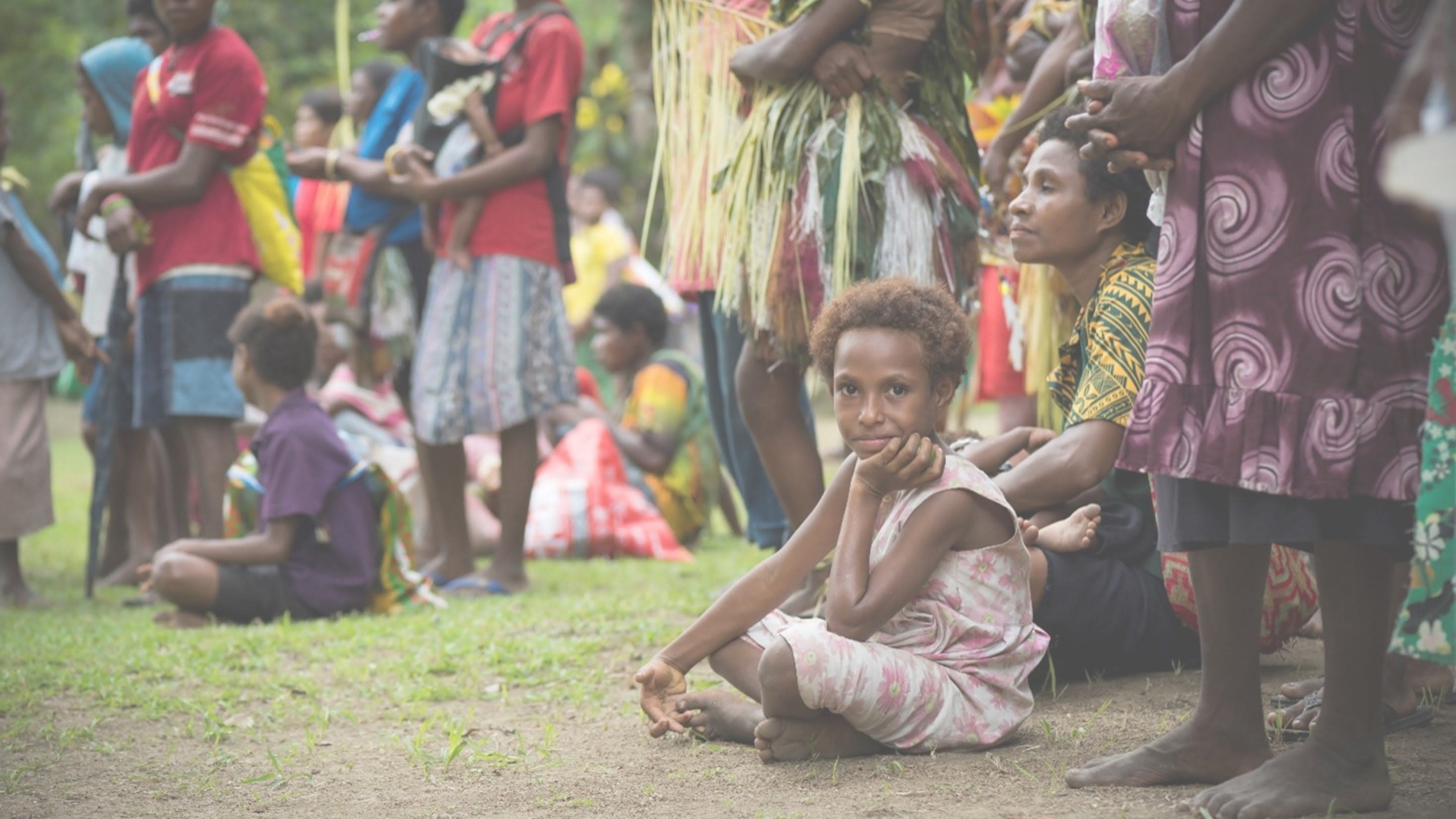
Opportunities to participate in mine closure planning include via:
- a community reference group/community consultative committee/external closure review team
- a local/indigenous knowledge panel
- a visioning process
- a social impact assessment (SIA) for closure
- participatory monitoring and evaluation.
Turn the cards below for further details on each of the opportunities listed:
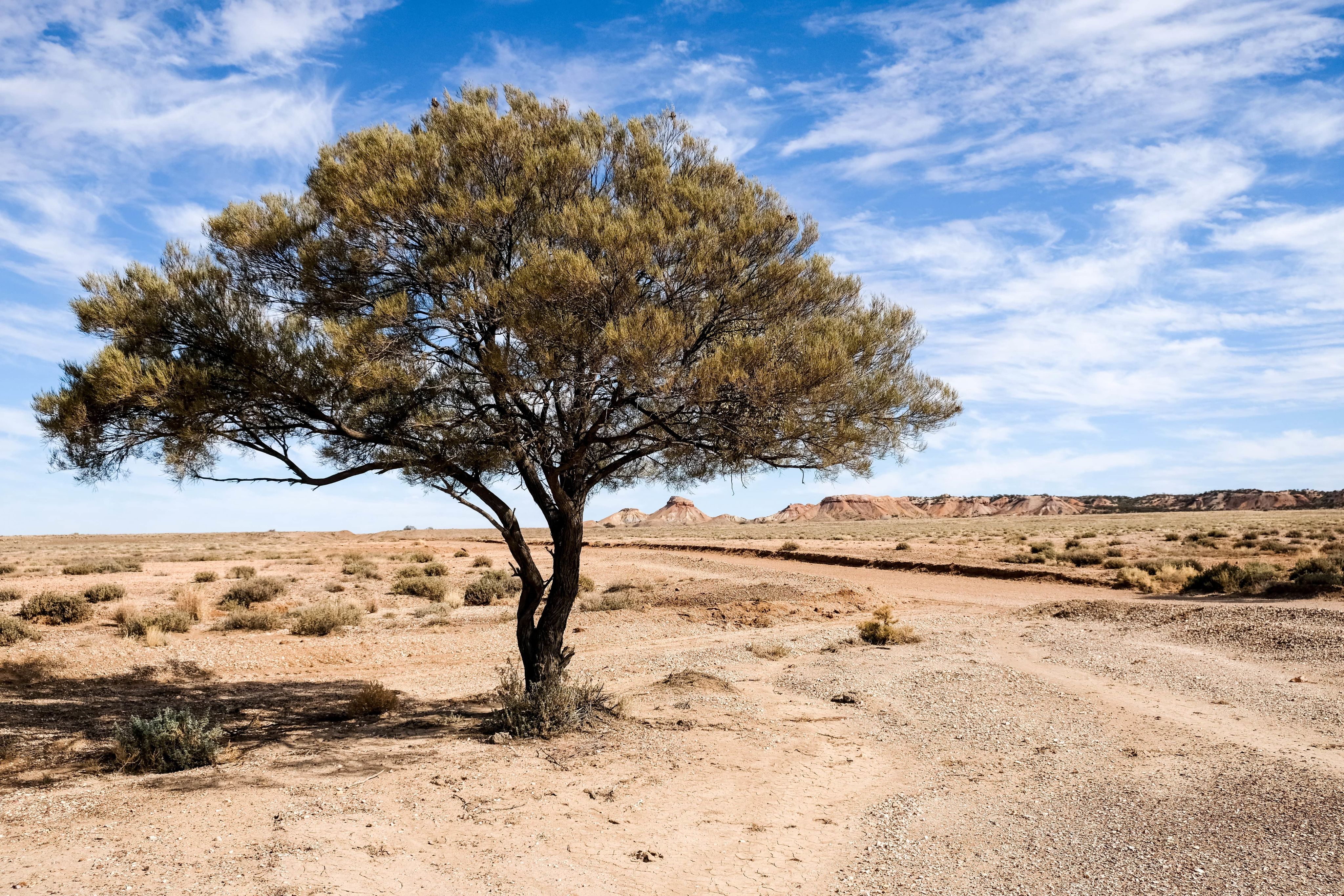
There are many benefits from communities and other stakeholders being involved in mine closure planning. These include:
- giving greater transparency in decision-making – particularly when, ultimately, the company will no longer be there and the community is responsible for consequences of decisions made during closure planning
- improving quality of decision-making processes
- building on the relationships and practices that a company has already established
- integrating more diverse knowledge and values about post-mining options
- providing an understanding of how social systems and community life have evolved during the mine life to inform decision-making
- enhancing alignment of closure outcomes with community aspirations for sustainable development and anticipation of a post-mining future
- facilitating negotiation about the end of locally relevant agreements (e.g. native title agreements, Indigenous land use agreements, impact and benefit agreements)
- helping to provide a voice for those who will live with the legacy of mining after closure
- improving negotiation between competing interest groups.
Kungarakan and Warai Traditional Owners planting wetland species in newly constructed wetland at the former Woodcutters site. Photo courtesy of Glen Ware, Newmont.
Kungarakan and Warai Traditional Owners planting wetland species in newly constructed wetland at the former Woodcutters site. Photo courtesy of Glen Ware, Newmont.
Kungarakan and Warai Traditional Owners planting wetland species in newly constructed wetland at the former Woodcutters site. Photo courtesy of Glen Ware, Newmont.
Kungarakan and Warai Traditional Owners planting wetland species in newly constructed wetland at the former Woodcutters site. Photo courtesy of Glen Ware, Newmont.
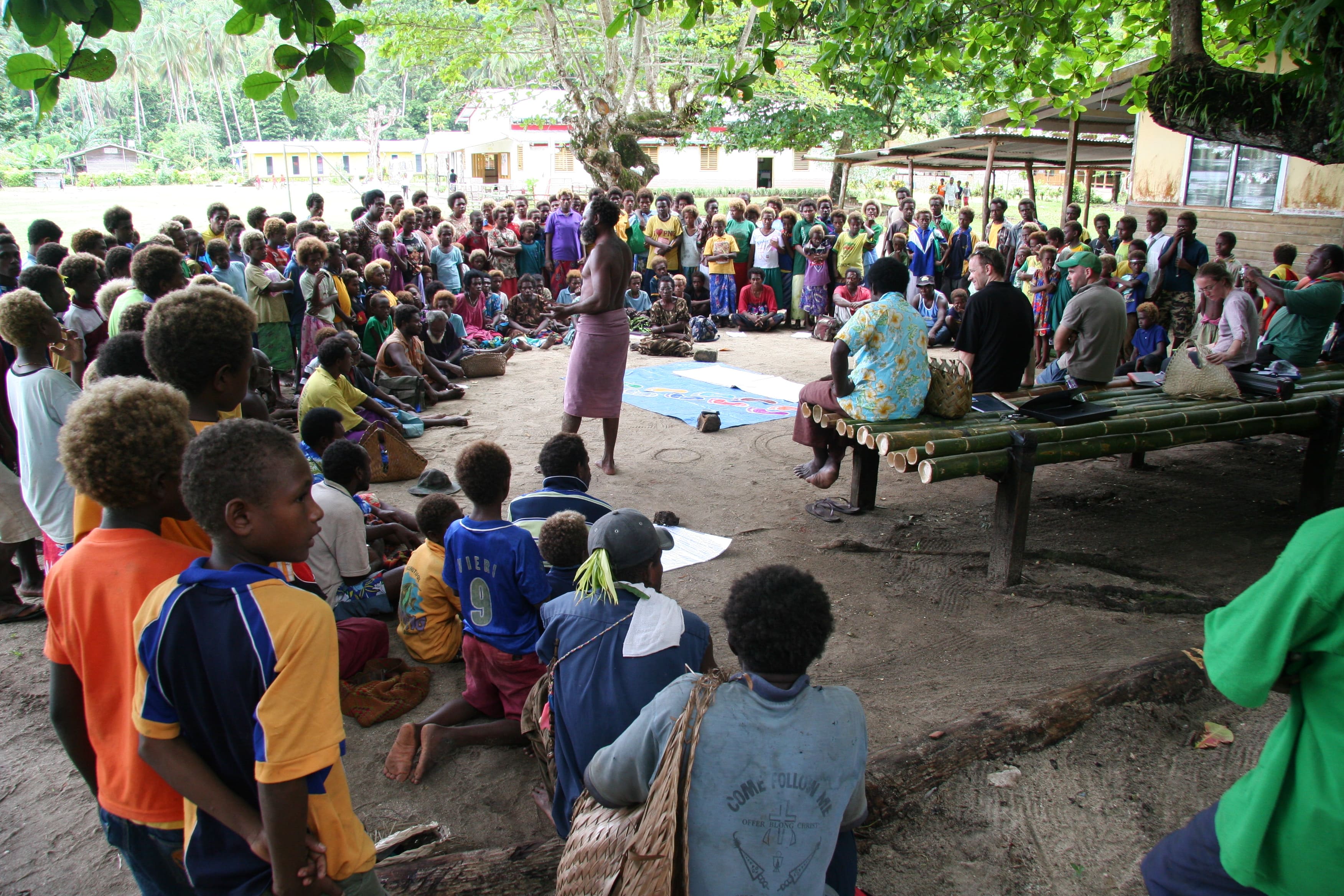
What is stakeholder engagement?
Engagement is the process through which mining companies, communities and other stakeholders communicate with each other about their plans, needs, expectations and aspirations. According to the International Finance Corporation,14 engagement is a broad, inclusive and continuous process between a company and those potentially impacted. It encompasses a range of activities and approaches and spans the entire life of a mine. There are a wide variety of skills and techniques for community engagement which can be adapted to the local context, accommodating factors such as culture, language, social stratification and access to media.
The International Association for Public Participation, the peak body for the community and stakeholder engagement sector, describes four key aims of engagement. These aims are: building relationships, sharing information (factual data, perceptions, attitudes, aspirations and concerns), listening to input and, most importantly, using the input to improve decision-making.
Stakeholder engagement is a long-term, reciprocal and dynamic process that relies on listening as much as providing information. It’s a broad set of activities ranging from simple provision of information through to active dialogue and partnering.
Over the course of the mining lifecycle, a company will have many reasons to engage with a wide variety of stakeholders. At the start, companies build relationships with the expectation of being present in a community for years or even decades. A focus on how best to exist and flourish side-by-side shapes the approach to engagement. When the focus is on mine closure, the emphasis shifts, and engagement becomes about how to manage the change brought about by the departure of the mining company from the community.
Industry leading practice, such as the ICMM principles and performance expectations, endorses meaningful engagement and partnership with local communities and outlines commitments of member companies throughout the mining lifecycle, including post-closure transitions.
Mine closure and Indigenous peoples – a case study vignette
Indigenous perspectives are often missing from mine closure planning. To affirm, connect, and elevate the voices of First Nations leaders and interested community members impacted by mining and mine closure, CSRM hosted The Indigenous Exchange Forum: transitions in mine closure on 2–3 November 2021 via Zoom. A focus of the forum was to build an international network across these indigenous communities, to enable the sharing of experiences, struggles, and sentiments in relation to mine site transition and mine-related impacts on their lands.
The forum had a strong foundation of reciprocity. The objectives were to:
- provide an independent and culturally safe space to facilitate the connection between First Nations peoples, whose customary lands have been impacted by mining.
- position First Nations voices individually and collectively in a shared learning journey full of experiences and lessons learned through online network exchange.
- facilitate knowledge exchange and elevate the connectivity between Canadian, Australian, and Aotearoa (New Zealand) First Nations regarding impacts, issues, and innovative ideas and practices in response to mine site transitions and mine closure.
The forum hosted more than 40 participating First Nations individuals and affiliated researchers from Aotearoa (New Zealand), Australia, and Canada. The First Nations groups include:
- Multiple Māori iwi (customary land-holding family groups) in Aotearoa, New Zealand, who have rights and interests over three OceanaGold mines: Macraes and Reefton mines (South Island), and Waihi mine (North Island).
- Two groups in Australia. These are the Gija group, in relation to the Argyle diamond mine (Kimberley region of Western Australia), and the Waanyi, in relation to the Century lead, zinc, and silver mine (Gulf of Carpentaria, QLD), as well as our facilitator based in Perth, Western Australia.
- Multiple groups in northern Canada. These include the Inuit, in relation to the Raglan nickel mine (Nunavik, Northern Quebec), the Ross River Dene, in relation to the legacy Faro lead-zinc mine (Yukon), and Tłı̨chǫ groups, in relation to the Diavik, Ekati, and Gahcho Kue diamond mines (Northwest Territories).
A short film (see below) was made at one of the Australian sites with the Waanyi Traditional Owners of the New Century mine in the Gulf of Carpentaria region of Queensland, entitled “Waanyi Voices”.
Holcombe, S., Elliott, V., Keeling, A., Berryman, M., Hall, R., Ngaamo, R., Beckett, C., Moon, W., Hudson, M., Kusabs, N. and Ross River Lands Office. 2022. Indigenous Exchange Forum: Transitions in Mine Closure. St Lucia: Centre for Social Responsibility in Mining, University of Queensland.
If you would like to know more, click on the tab below.
Case study vignettes
The following case study vignettes showcase some of the ways that community members can participate in mine closure planning and strategies for post-mining transition. The vignettes cover closure and post-closure participation and are drawn from Canada, New Zealand and South Africa.
Click on each case study for access.




